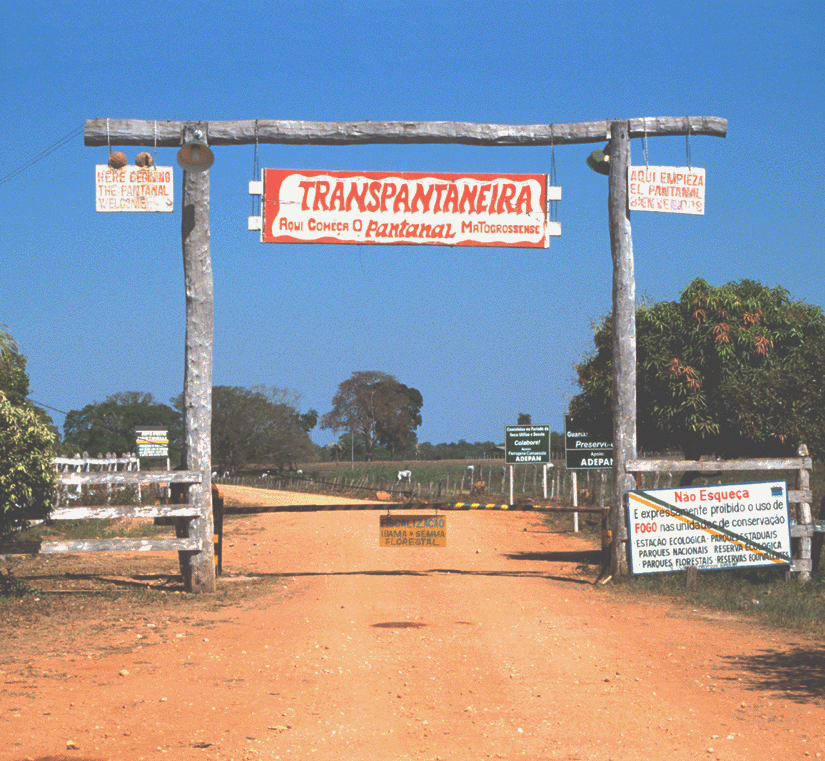Objectives
The main objectives of this work was:
- Identification of the relationship and connections among the factors that influence the environmental changes in the Pantanal-Chaco’s ecosystem through the multitemporal study of the evolution occurred over the last 30 years;
- Conceptual and mathematical modelling of the evolutionary trends which forecast the evolution of the ecosystem;
- Exchange of techniques and know-how applied and developed during the project among the partners;
- Definition of a methodology for multitemporal analysis and for the monitoring of environmental natural areas which are threatened by human activities or by progressive geological and climatic changes.
Activities
-
- The temporal evolution of the conditions of the territory in the Pantanal-Chaco area was determined through the analysis of satellite images (Landsat data), aerial photographs and radar images taken over the last 30 years. These data has been analysed through the use of GIS methodologies. The image interpretation was backed up by ground checks.
- Field work was carried out to find key models for photointerpretation and classification, with direct acquisition of data and information concerning lithology, landforms, erosion processes and mass movement, vegetation changes, deposition mechanism. Moreover, a direct characterization, documentation and evaluation of environmental damages associated with agricultural, urban, mineral activities and natural processes have been assessed. The ground work was carried out in the dry period (June-October), rainy period (November-March) and flood period (March-June), for a complete evaluation of the intensity and of the various aspect of the phenomena.
- Modelling of the hydrological system of upper and middle river Paraguay basin was developed: through the multitemporal approach, the modifications of the hydrological system was determined and related to the development of the erosive process. Also an environmental impacts evaluation was approached through mathematical models applied on whole project area.
Outcomes
- This work provides a complete characterization of the geo-environmental dynamics of Pantanal-Chaco’s system and its probable future evolution in respect to the type and intensity of the human activity.
- The definition of the evolutionary trends through a multitemporal approach is a big help to manage the important cattle farming, the agricultural and mineral activities and to protect the balance of the ecosystem.
- Useful GIS database has been enriched with the following issues: cover and use of the soil, vegetation, geology, geomorphology, hydrology, and hydrogeology.





